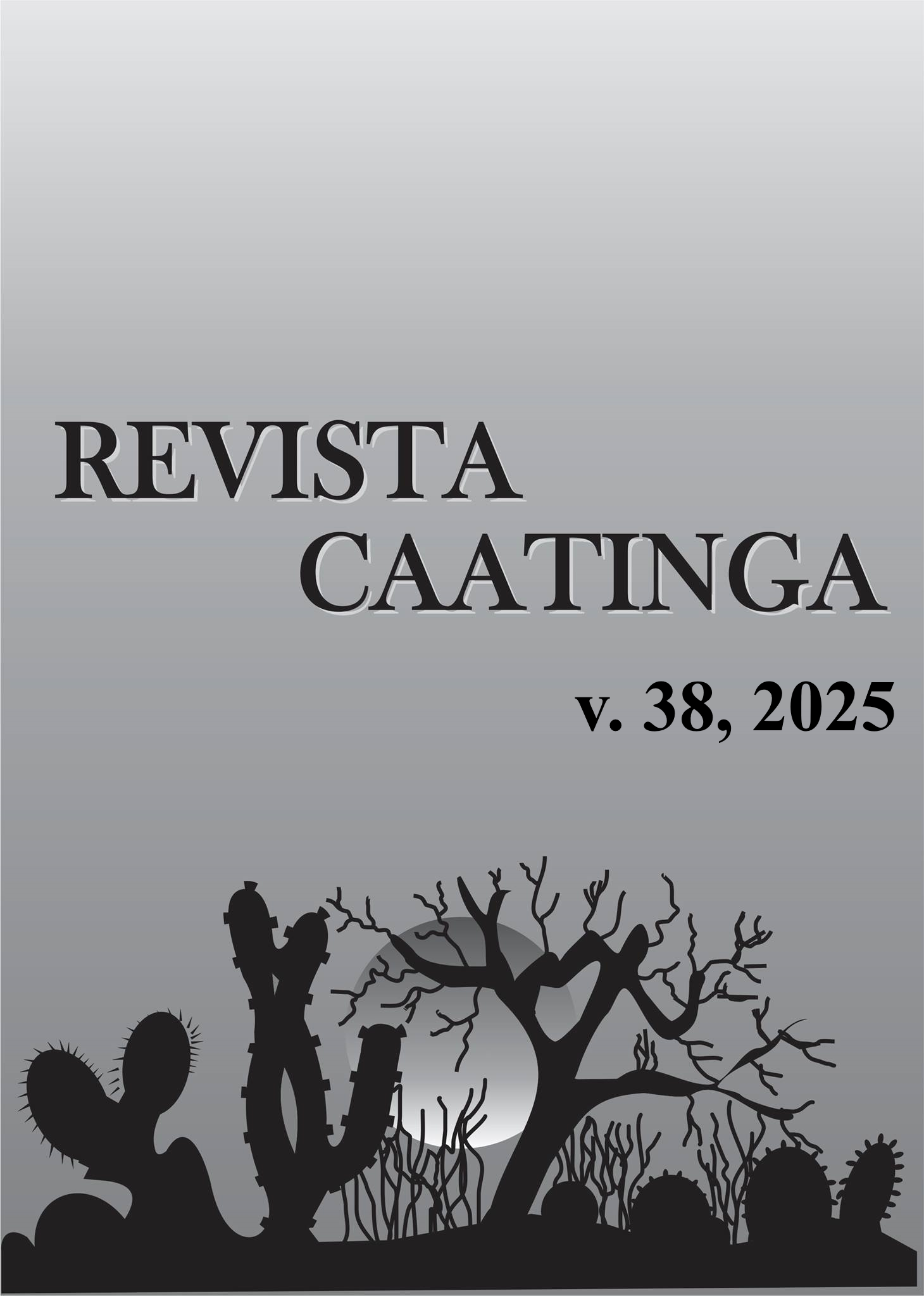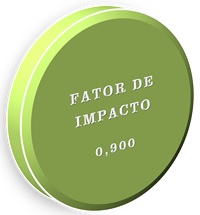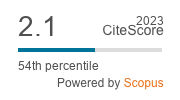Intra-observer comparison between conventional and oblique radiography of the pelvis of polytraumatized cats and dogs
DOI:
https://doi.org/10.1590/1983-21252025v3812705rcKeywords:
Pelvic cavity. Small animals. Pubis. Orthopedics.Abstract
Many bone lesions are missed by plain radiography in small animals with polytrauma in the pelvis due to the many bone overlaps.Thus, this study aimed to compare intra-observer agreement between the conventional two-projection technique (laterolateral and ventrodorsal; LL and VD) and the 45° rolling projection (right/left ventromedial oblique to dorsolateral flexed leg; OBL) in the evaluation of fractures and dislocations in polytraumatized animals. The images were evaluated intra-observer by two radiologists (control group) and compared with the evaluation of two orthopedists,residents and students. When comparing fractures between the projections, a statistical difference was observed between the three projections, LL, VD, and OBL (N=288, df= 2, wald= 24.7 p= 0.0000). The VD projection (n=188) was the most efficient, followed by the OBL (n=174) and the LL (n=105). For the evaluation of sacroiliac dislocations, it was found that the VD (n=33) and OBL (n=33) projections were equal and more sensitive than the LL (n=0) (N= 288, df=2, Wald= 1964.2, P˂0.01-10). In the intra-observer comparison, it was not possible to observe a significant difference in the assessment of fractures, even though the group of radiologists observed a greater number of injuries. In general, abnormalities (fractures and dislocations) were seen with greater accuracy in the VD view (n=237), followed by the OBL (n=225) and LL (n=120) (N= 288, df=2, Wald = 40.2, P˂0.01-10). The study suggests that evaluation by a radiologist should be preferred and that the OBL projection should also be included in the feline routine as it reduces bone overlap.
Downloads
References
BOOKBINDER, P. E.; FLANDERS, J. A. Characteristics of pelvic fracture in the cat. A 10 year retrospective study. Veterinary and Comparative Orthopaedics and Traumatology, 5: 122-127, 1992.
BRUCE, C. W.; BRISSON, B. A.; GYSELINCK, K. Spinal fracture and luxation in dogs and cats: a retrospective evaluation of 95 cases. Veterinary and Comparative Orthopaedics and Traumatology, 21: 280-284, 2008.
CRAWFORD, J.; MANLEY, P.; ADAMS, W. Comparison of computed tomography, tangential view radiography, and conventional radiography in evaluation of canine pelvic trauma. Veterinary Radiology and Ultrasound, 44: 619-628, 2003.
DRAFFEN, D. et al. The role of computed tomography in the classification and management of pelvic fractures. Veterinary and Comparative Orthopaedics and Traumatology, 22: 190-197, 2009.
FLORES, J. A. et al. Retrospective Assessment of Thirty-Two Cases of Pelvic Fractures Stabilized by External Fixation in Dogs and Classification Proposal. Veterinary Science, 10: 2-16, 2023.
FROES, T. R. et al. Estudo comparativo e análise interobservador entre dois métodos de avaliação da displasia coxofemoral em cães. Archives of Veterinary Science, 14: 187-197, 2009.
HAINE; D. L. et al. Outcome of surgical stabilisation of acetabular fractures in 16 cats. Journal of Feline Medicine and Surgery, 21: 520-528, 2019.
HARASEN, B. Pelvic fractures. The Canadian Veterinary Journal, 48: 427-428, 2007.
HENRY, G. Fracture healing and complication. In: Thrall, D. (Ed.).Textbook of Veterinary Diagnostic Radiology. St. Louis, MI: Elsevier; 2013. cap. 16, p. 283-306.
KEMPER, B. et al. Consequências do trauma pélvico em cães. Ciência Animal Brasileira, 12: 311-321, 2011.
KIPFER, N. M.; MONTAVON, P. M. Fixation of pelvic floor fractures in cats. Veterinary and Comparative Orthopaedics and Traumatology, 24: 1-5, 2011.
LANGLEY-HOBBS, S. J. et al. Feline ilial fractures: a prospective study of dorsal plating and comparison with lateral plating. Veterinary Surgery, 38: 334-342, 2009.
LANZ, O. Lumbosacral and pelvic injuries. The Veterinary Clinics of North America: Small Animal Practice, 32: 949-962, 2002.
MEESON, R. L.; GEDDES, A. Management and long-term outcome of pelvic fractures: a retrospective study of 43 cats. Journal of Feline Medicine and Surgery, 19: 36-41, 2017.
MEESON, R.; CORR, S. Management of pelvic trauma: neurological damage, urinary tract disruption and pelvic fractures. Journal of Feline Medicine and Surgery, 13: 347-361, 2011.
PIERMATTEI, D. L.; FLO, G. L. Fractures of the Pelvis. In: DeCamp, C.E. (Ed.). Small Animal Orthopedics and fracture Repair. St Louis, MI: Saunders; 2006. cap. 16, p. 433-460.
REIS, A. C. et al. Radiological examination of the hip - clinical indications, methods, and interpretation: a clinical commentary. Journal of Sports Physical Therapy, 9: 256-267, 2014.
RODRIGUEZ, A. R. et al. Treatment of pelvic fractures in cats with patellar fracture and dental anomaly syndrome. Journal of Feline Medicine and Surgery, 23: 375-388, 2021.
ROEHSIG, C. et al. Fixação de fraturas ilíacas em cães com parafusos, fios de aço e cimento ósseo de polimetilmetacrilato. Ciência Rural, 38: 1675-1681, 2008.
SCOTT, H. W.; McLAUGHLIN, R. Fractures and disorders of the hindlimb. In: SCOTT, H. W.; McLAUGHLIN, R. Feline Orthopaedics. London, EN: Manson Publishing; 2007. cap.70, p. 167-180.
SOUZA, M. M. D. et al. Afecções ortopédicas dos membros pélvicos em cães: estudo retrospectivo. Ciência Rural, 41: 852-857, 2011.
STIEGER-VANEGAS, S. M. et al. Evaluation of the diagnostic accuracy of four-view. Veterinary and Comparative Orthopaedics and Traumatology, 28: 155-163, 2015.
VETTORATO, M. C.; MARCELINO, R. S.; SILVA, R. L. Reavaliação de posicionamentos radiográficos para o diagnóstico da displasia coxofemoral em cães. Veterinária e Zootecnia, 24: 266-277, 2017.
ZULAUF, D. et al. Radiographic examination and outcome in consecutive feline trauma patients. Veterinary and Comparative Orthopaedics and Traumatology, 21: 36-40, 2008.
Downloads
Published
Issue
Section
License
Os Autores que publicam na Revista Caatinga concordam com os seguintes termos:
a) Os Autores mantêm os direitos autorais e concedem à revista o direito de primeira publicação, com o trabalho simultaneamente licenciado sob a Licença Creative Commons do tipo atribuição CC-BY, para todo o conteúdo do periódico, exceto onde estiver identificado, que permite o compartilhamento do trabalho com reconhecimento da autoria e publicação inicial nesta revista, sem fins comerciais.
b) Os Autores têm autorização para distribuição não-exclusiva da versão do trabalho publicada nesta revista (ex.: publicar em repositório institucional ou como capítulo de livro), com reconhecimento de autoria e publicação inicial nesta revista.
c) Os Autores têm permissão e são estimulados a publicar e distribuir seu trabalho online (ex.: em repositórios institucionais ou na sua página pessoal) a qualquer ponto antes ou durante o processo editorial, já que isso pode gerar alterações produtivas, bem como aumentar o impacto e a citação do trabalho publicado (Veja O Efeito do Acesso Livre).







